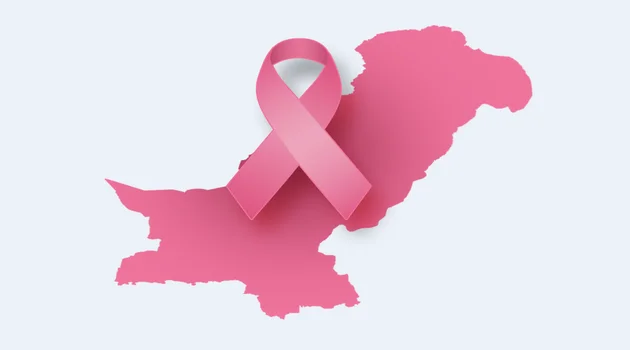Breast cancer is one of the leading causes of death among women in Pakistan, yet it remains a largely neglected health issue. A combination of social stigma, lack of awareness, and inadequate healthcare infrastructure has resulted in late-stage diagnoses and high mortality rates. Addressing this crisis requires a multi-faceted approach that includes education, early detection, and improved medical facilities.
The Alarming Statistics
Pakistan has one of the highest breast cancer mortality rates in Asia. According to various reports:
- Nearly 1 in 9 women in Pakistan is at risk of developing breast cancer.
- Over 40,000 women die annually due to breast cancer.
- Most cases are diagnosed at an advanced stage, reducing survival chances.
Lack of Awareness: A Major Roadblock
The primary reason for high breast cancer fatalities in Pakistan is the lack of awareness. Many women are unaware of self-examination techniques, early symptoms, and the importance of regular screenings. The cultural taboo surrounding breast-related health discussions further exacerbates the issue, preventing timely medical consultations.
Causes of High Breast Cancer Deaths in Pakistan
- Late Diagnosis: Due to ignorance and fear, many women do not seek medical help until the disease has progressed significantly.
- Limited Screening Facilities: Pakistan has a severe shortage of mammography centers and trained professionals.
- Financial Constraints: Many women, especially in rural areas, cannot afford proper medical check-ups or treatment.
- Social Stigma: Cultural taboos discourage open discussions on women’s health issues, delaying early detection efforts.
- Lack of Government Initiatives: There are limited national campaigns promoting breast cancer awareness and early detection.
Steps to Address the Crisis
1. Public Awareness Campaigns
Mass media, social media, and grassroots campaigns must educate women about early detection methods, symptoms, and the importance of medical check-ups.
2. Promotion of Self-Examination
Teaching women how to conduct monthly breast self-examinations can lead to early detection, significantly increasing survival chances.
3. Access to Affordable Healthcare
The government and private sector must work together to establish screening facilities, reduce treatment costs, and provide financial assistance to underprivileged patients.
4. Breaking Cultural Taboos
Community leaders, influencers, and healthcare professionals should advocate for open discussions on breast cancer to normalize the conversation around women’s health.
5. Strengthening Medical Infrastructure
More specialized breast cancer clinics, trained oncologists, and advanced diagnostic tools are necessary to improve early detection and treatment rates.


